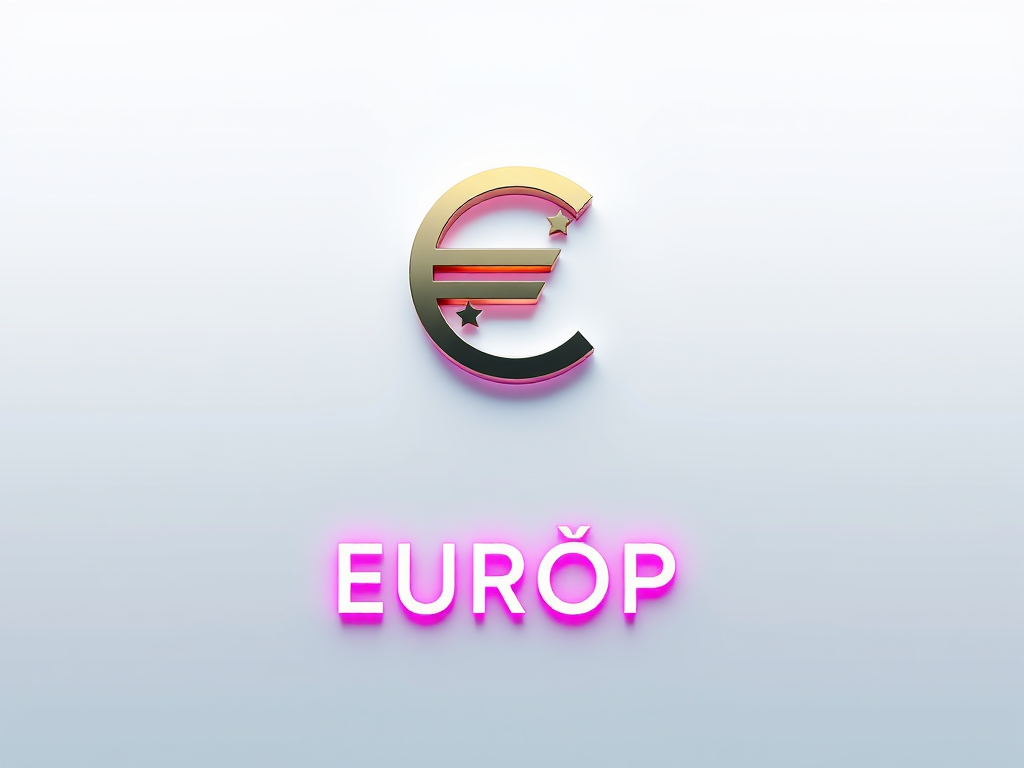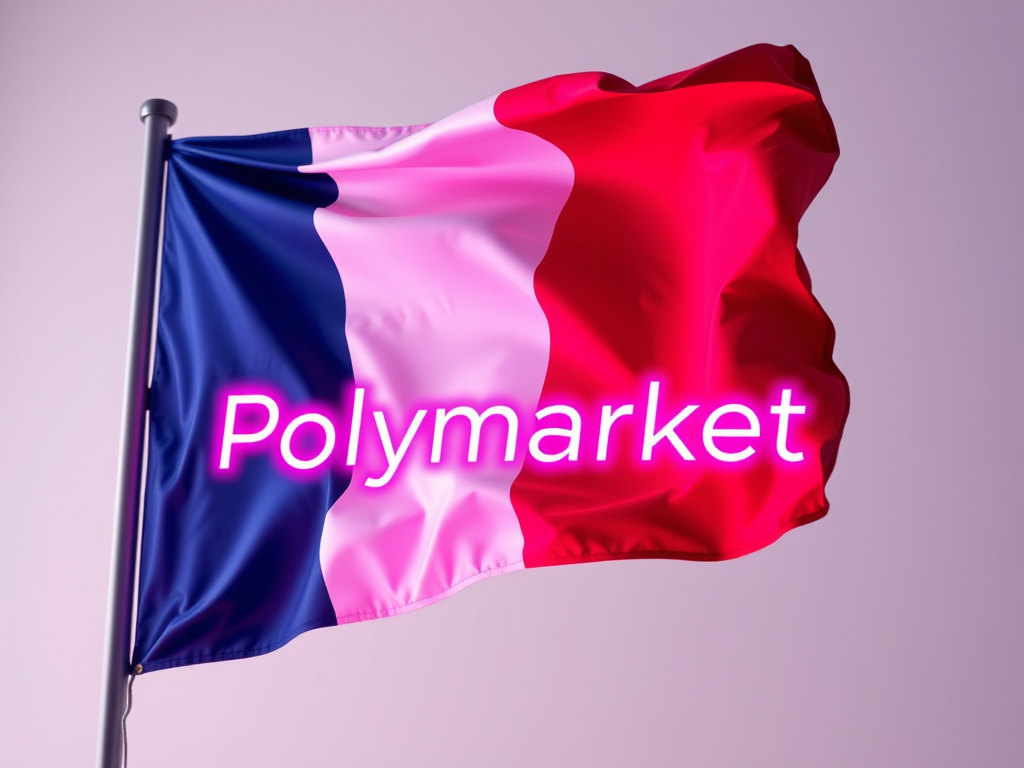Key Points
– Coinbase will delist stablecoins not compliant with EU’s MiCA regulations from its European platform by December 30, 2024, potentially affecting major tokens like Tether’s USDT.
– This decision reflects a broader industry trend as crypto exchanges adapt to the EU’s new regulatory framework, with similar moves by Binance and Bitstamp.
MiCA Regulations Reshape Stablecoin Offerings
Major cryptocurrency exchange Coinbase has announced plans to align its stablecoin offerings with the EU’s Markets in Crypto Assets (MiCA) regulations. By the end of 2024, the platform will remove any stablecoins that fail to meet the requirements set forth by this new regulatory framework.
The MiCA guidelines, which began implementation in June 2023, represent the EU’s most comprehensive attempt to regulate digital assets. Under these rules, stablecoin issuers must secure e-money authorization in at least one EU member state and adhere to strict standards regarding their reserve assets.
“Our commitment to compliance necessitates restricting services for EEA users in connection with stablecoins that don’t meet MiCA requirements by December 30, 2024,” Coinbase stated in a recent communication.
Implications for Major Players and User Choice
This regulatory alignment could significantly alter the stablecoin landscape in Europe. Tether’s USDT, currently the world’s largest stablecoin by market capitalization, may face challenges as it has yet to obtain the required e-money license in the EU. In contrast, Circle, the issuer of USDC and EURC stablecoins and a Coinbase partner, has already secured its position as an official Electronic Money Institution in the EU.
Coinbase plans to guide its users towards MiCA-compliant options like USDC and EURC in the coming months. This shift may reshape user preferences and market dynamics in the European stablecoin sector.
Industry-Wide Adaptation to New Regulatory Reality
Coinbase’s strategy mirrors actions taken by other major crypto exchanges operating in Europe. Binance, Bitstamp, Kraken, OKX, and Uphold have already delisted certain stablecoin tokens, including Tether’s EURT, in response to the evolving regulatory landscape.
Tether CEO Paolo Ardoino has expressed concerns about MiCA’s strict cash reserve requirements, suggesting they could pose systemic risks to both traditional banking and digital assets. However, the company has yet to publicly respond to the wave of delistings across major platforms.
As part of its compliance strategy, Coinbase has designated Ireland as its MiCA compliance hub, enabling the exchange to maintain operations across the EU under the new regulatory framework.
Looking Ahead: A New Era for European Crypto
As the December 31, 2024 deadline for full MiCA implementation approaches, the European cryptocurrency ecosystem is bracing for significant changes. The new regulations aim to balance user protection with innovation promotion, potentially leading to a more stable and regulated digital asset market in the region.
While these changes may limit certain stablecoin options for European users in the short term, they are expected to bring increased regulatory clarity and user confidence to the space. As major players like Coinbase adapt their offerings, the European crypto landscape is set to enter a new era of compliance and standardization.















